WEB FLAC (tracks) – 246 Mb | Digital booklet | 00:47:10
Jazz | Label: ACT Music
Harmonica player Grégoire Maret, born in Geneva in Switzerland and harpist Edmar Castañeda from Bogota in Colombia are two remarkable musicians. The strong musical affinity between them that comes across so vividly in “Harp vs. Harp” is no accident, not least because their backstories are so uncannily similar. Each of them came from his respective country as a callow teenager, and settled in New York. They have not merely survived, each individually, in the often unforgiving creative cauldron of New York’s musical life; each has established a reputation at the absolute top of the game, working on a regular, long-term basis with the best in the business.
Each of them has re-written the rule-book for his respective instrument, both of them unusual in jazz; Castañeda and Maret have re-defined what the harp and the harmonica are capable of. As Herbie Hancock has written of Grégoire Maret: “There’s no one else out there that comes close on the harmonica and he rivals the best on any instrument.” Grégoire was a member of the Pat Metheny Group, receiving a Grammy for Best Contemporary Jazz Album, and has also played in the bands of Marcus Miller and Herbie Hancock. Maret has worked with Cassandra Wilson for most of a decade, and she notes that when he plays, audiences are invariably “transformed…transported with a sweet yet powerful intensity to a higher plane.”
In the early stages of Edmar Castañeda’s career, Paquito D’Rivera was his mentor and his key advocate. D’Rivera says of the harpist: “He is an enormous talent,” with “the versatility and the enchanting charisma of a musician who has taken his harp out of the shadow to become one of the most original musicians from the Big Apple.” The harp Castañeda plays is the arpa llanera, and creates astonishing textural variety and rhythmic variety with it. The instrument with its 34 strings has a wide tonal range, and Castañeda brings huge energy to it. He has been involved in collaborations, for example with John Scofield, Gonzalo Rubalcaba, Marcus Miller and John Patitucci, Hamilton de Holanda, Ivan Lins… With this range of musical partners at the highest level, it is unsurprising that his attitude to collaboration is open and positive:”I like to take the risk on mixing harp with anything – usually it’s great what comes out!”
Maret and Castañeda met for the first time at the Monte-Carlo Jazz Festival where they were both invited as guests on a project led by Marcus Miller. Grégoire Maret recalls the first time he heard the harpist: “I was mesmerized by what he did on the instrument. Musically it felt fresh and beautiful – it didn’t have the feel of novelty for its own sake at all. We knew that we had to do something together.” And Castañeda remembers thinking: “Wow! This guy is so passionate about his instrument.” So it was not long before Castañeda started to invite Maret to work on projects. They even went on one trip to Colombia, where Gregoire was a guest with my quartet in Teatro Mayor in Bogotá, and went up and stayed in the hills around Nocaima, where Castañeda had grown up. Noting that Maret is also from a mountainous region, Castañeda remarks: “We connected right away in the mountains.”
By the time they decided to record, they had already done several performances as a duo, so the choices of repertoire fell into place easily. There are themes running through the album. Three of the eight tracks, “Blueserinho”, “Manha de Carnaval” and “Santa Morena” (with star guest Bela Fleck, another musician who has transformed his instrument), are inspired by Brazilian music. “I grew up with the blues and fell in love with Brazilian music,” says Maret. There are spiritual themes too: “Acts” with guest vocalist Andrea Tierra, and “No Fear” are a pair of tunes inspired respectively by strong religious faith and the need to conquer fear. There are two quiet, nostalgic numbers. Maret says of his composition “Hope”: “There was a lot of fire, I wanted to help us settle.” Another gentle song is Charlie Haden’s “Our Spanish Love Song”, with strong associations to both Gonzalo Rubalcaba and Pat Metheny, with whom, respectively, Castañeda and Maret have both worked a lot together. Castañeda describes the tango “Romance de Barrio” affectionately as “a song Andrea Tierra just loves to sing.”
Castañeda says he thinks of Maret above all as a “Una persona segura”, and the total empathy, confidence, trust between the players is in evidence throughout this album. On every track, the ease with which tunes settle, the common sense of pacing, and that sixth sense of when and how to land and to end together are completely palpable. Two men from mountainous regions have made a remarkable ascent. Breathe in the clear air, take in the marvellous view, and just enjoy the irresistible sounds.
line up:
Edmar Castaneda / Llanera harp
Grégoire Maret / chromatic harmonica & chord harmonicaGuests:
Béla Fleck / banjo
Andrea Tierra / vocals
Tracklist:
1. Blueserinho (04:53)
2. Acts (with Andrea Tierra) (06:37)
3. No Fear (with Béla Fleck) (07:31)
4. Hope (06:59)
5. Romance de Barrio (with Andrea Tierra) (05:44)
6. Santa Morena (with Béla Fleck) (04:51)
7. Our Spanish Love Song (06:06)
8. Manha De Carnaval (04:26)
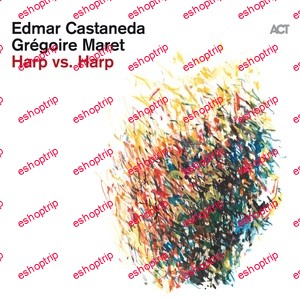

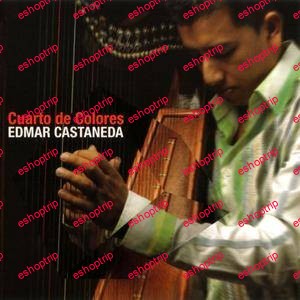
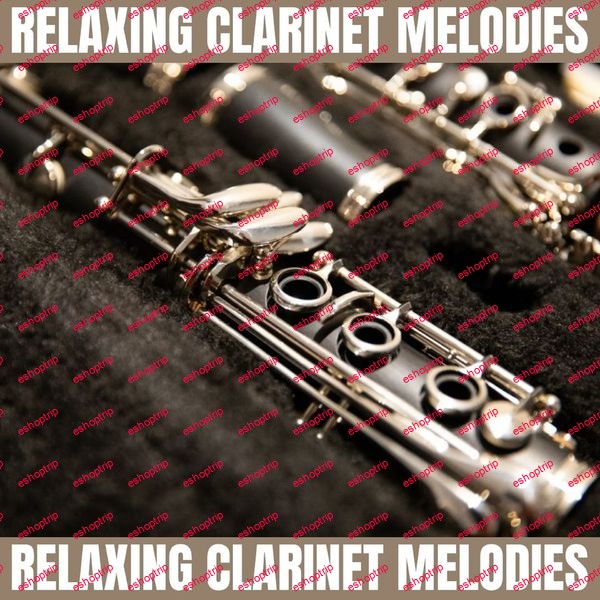
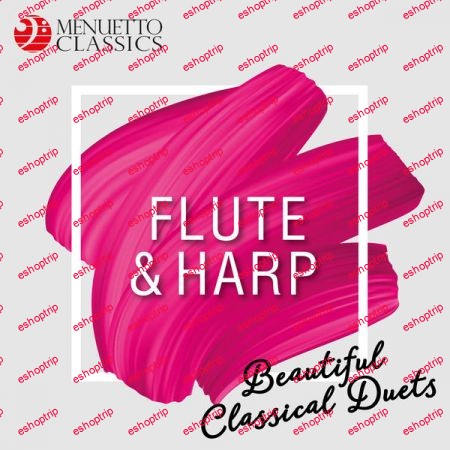
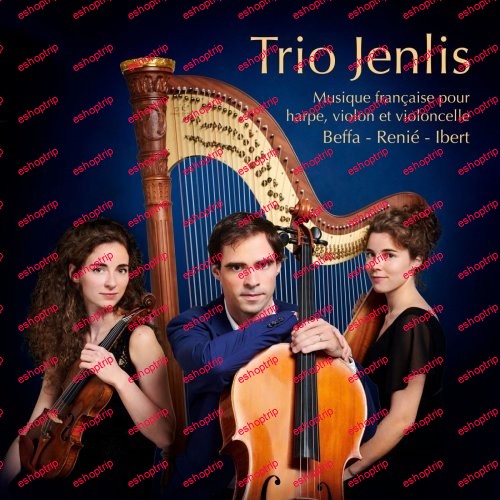
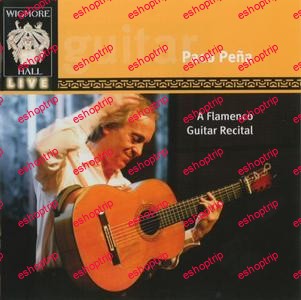
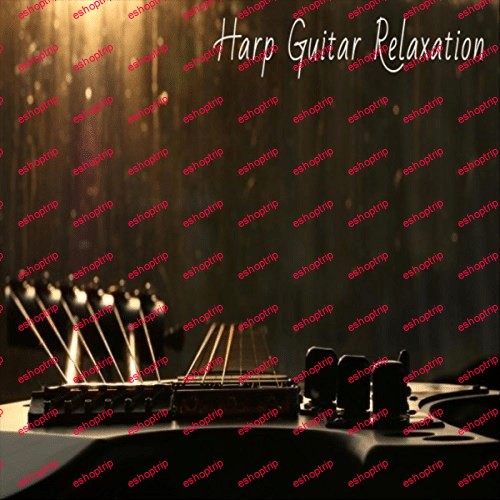
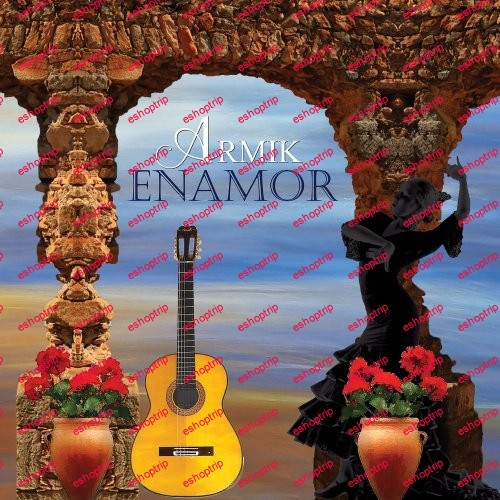
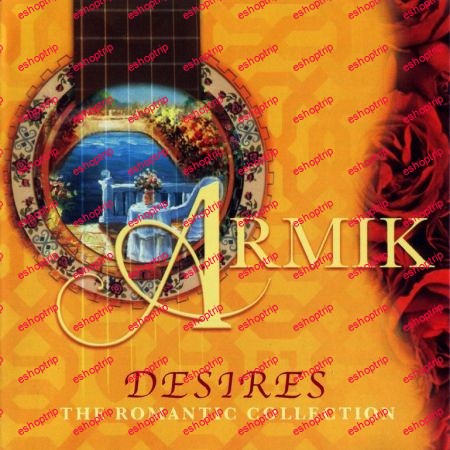
Reviews
There are no reviews yet.